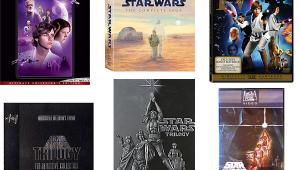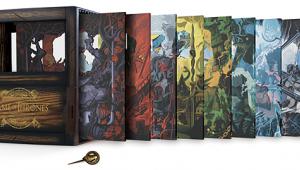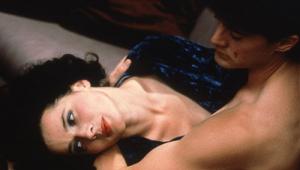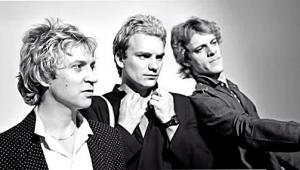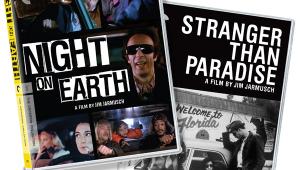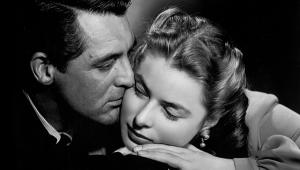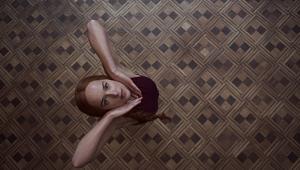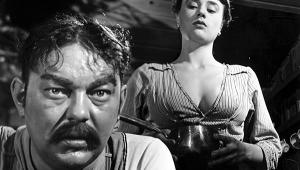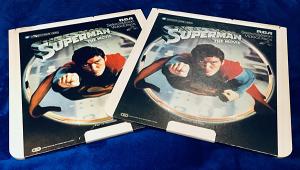Inside Llewyn Davis
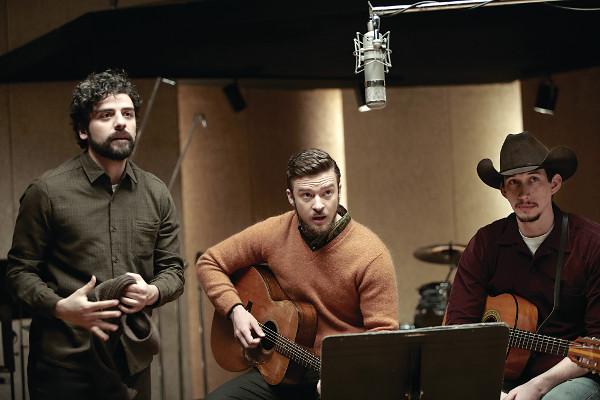
The Coen Brothers’ Inside Llewyn Davis is a fascinating but bleak amalgam of people, places, and events at the dawn of the folk music scene in 1961 Greenwich Village, viewed through a visual pastiche inspired by the album cover for The Freewheelin’ Bob Dylan and a titular character who channels early folk institution Dave Van Ronk (in look and vocation, not temperament). While outrageously funny at times, with superbly chosen music exuberantly performed, this isn’t a farcical romp through the ’60s; it’s a black comedy about the artist versus the entertainment business that’s thematically reminiscent of the Coens’ polarizing Barton Fink.
Llewyn is self-centered and often boorish, earning sympathy only as we unravel a life and career haunted by three ghosts. The first is Llewyn’s former singing partner, Mike, dead by suicide. The second is the lightning bolt Bob Dylan, who emerges in the film’s final frames in a bath of blinding musical brilliance as Llewyn is getting his ass handed to him in the dark alley behind the Gaslight Cafe. (It’s not coincidental that judgment is cast upon Llewyn’s musical prospects by F. Murray Abraham, best known for his role in Amadeus as Salieri, the composer forever relegated to the immense shadow cast by his own genius contemporary, Mozart.) The ghost of what may come is Llewyn’s aged father, rotting away in an old-folks’ home.
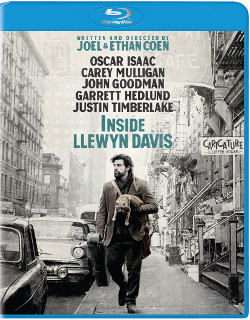 Confounding and somewhat impenetrable, Inside Llewyn Davis is nevertheless a richly layered and compelling work, especially for the two mysterious bookend sequences that open and close the film, each starting with a slippery symbolic cat, fancifully named Ulysses. Even if you get the cat (Llewyn’s rejection of commitment, domesticity, and merely existing, is my guess), Llewyn at the end is beaten from the inside out, watching a music career pass by before it ever starts. Not exactly the good old days, at least not for poor Llewyn Davis.
Confounding and somewhat impenetrable, Inside Llewyn Davis is nevertheless a richly layered and compelling work, especially for the two mysterious bookend sequences that open and close the film, each starting with a slippery symbolic cat, fancifully named Ulysses. Even if you get the cat (Llewyn’s rejection of commitment, domesticity, and merely existing, is my guess), Llewyn at the end is beaten from the inside out, watching a music career pass by before it ever starts. Not exactly the good old days, at least not for poor Llewyn Davis.
The expressionistic imagery is beautifully rendered, with an oppressively subdued color palette but dense contrast and excellent fine detail and texture. This looks and feels like the kind of pure photographic art you’d see in a coffee-table book of stills from the period. The soundtrack is also an artistic triumph for both its immersive sound design and the transparent-sounding musical performances captured live on set. The music communicates crucial aspects of the film’s narrative throughout, living and breathing on this soundtrack just wonderfully. The central special feature is a terrific making-of, heavy in interviews with the Coens, cast, and crew.
Blu-ray
Studio: Sony, 2013
Aspect Ratio: 1.85:1
Audio Format: DTS-HD Master Audio 5.1
Length: 104 mins.
MPAA Rating: R
Directors: Joel & Ethan Coen
Starring: Oscar Isaacson, Carey Mulligan John Goodman


